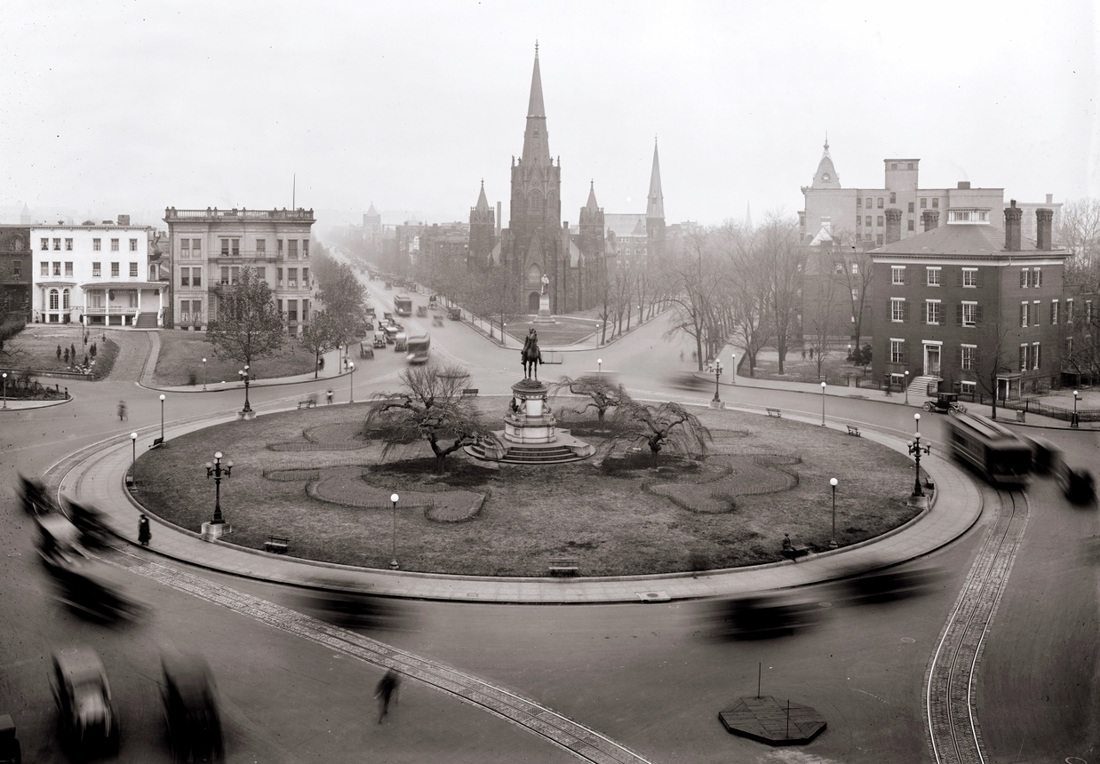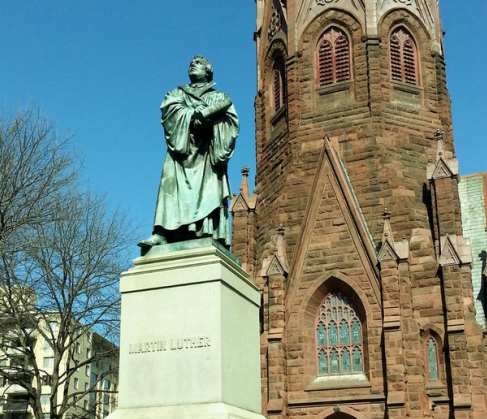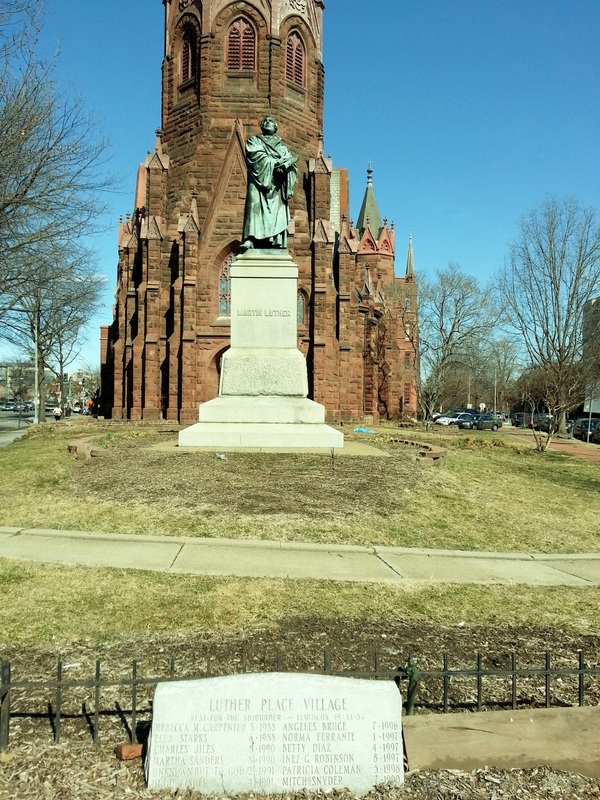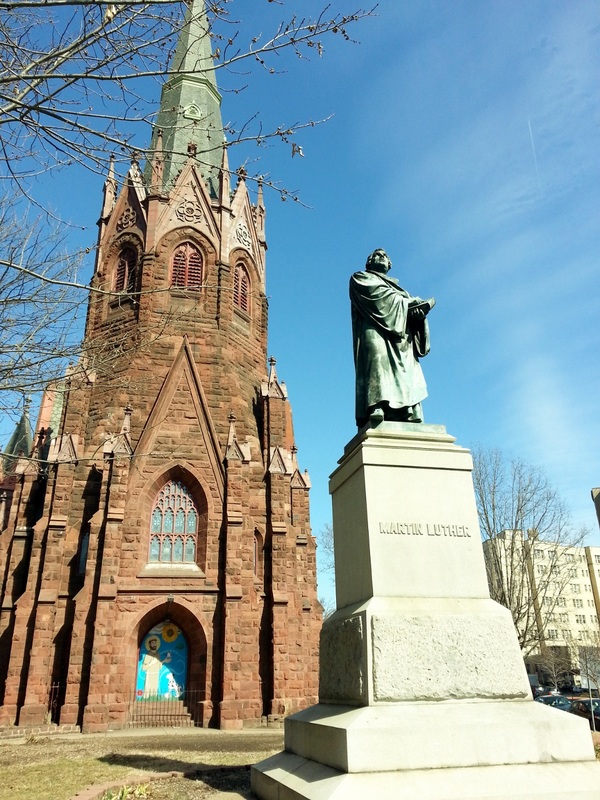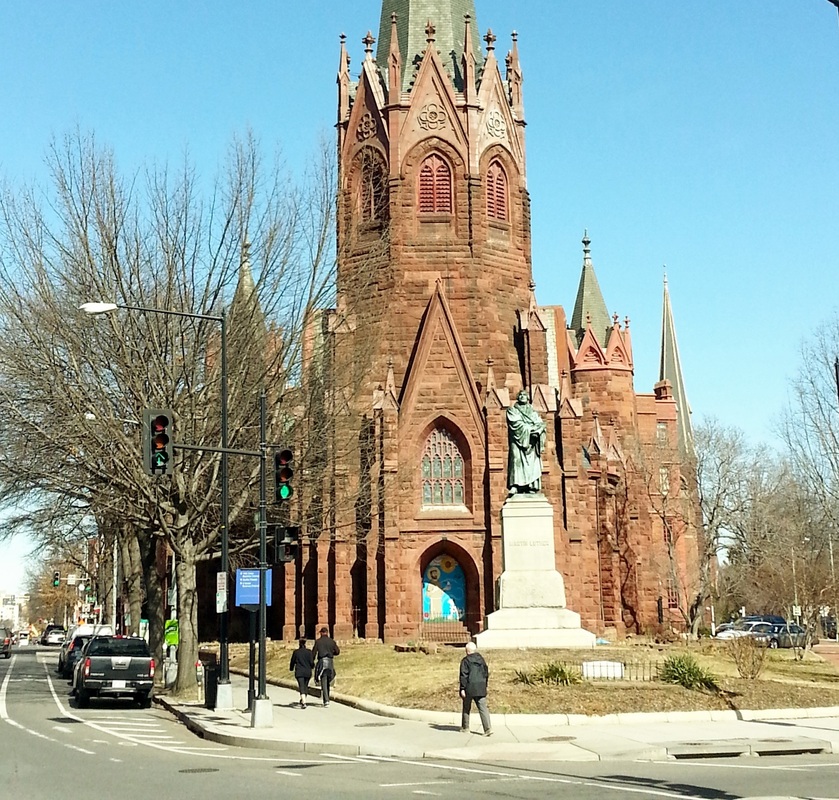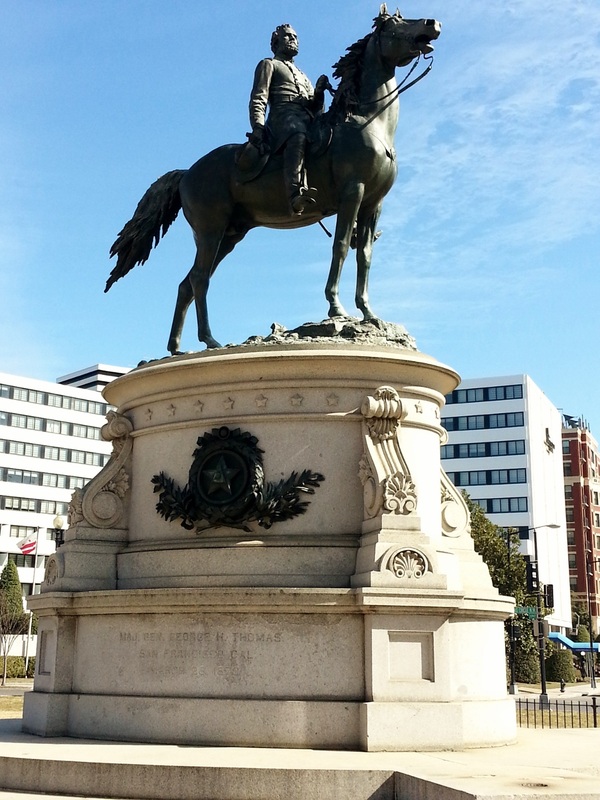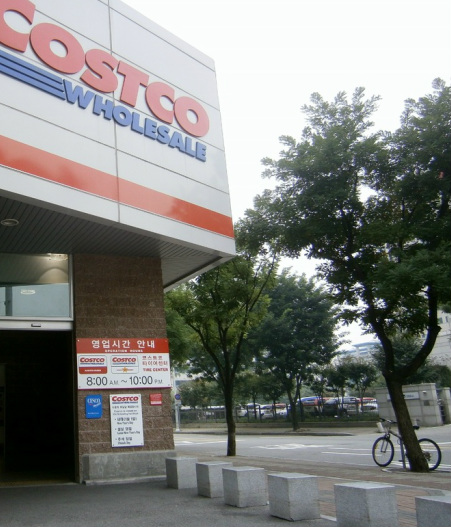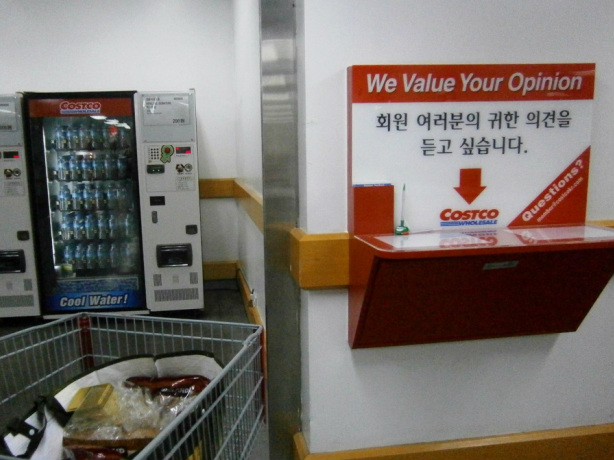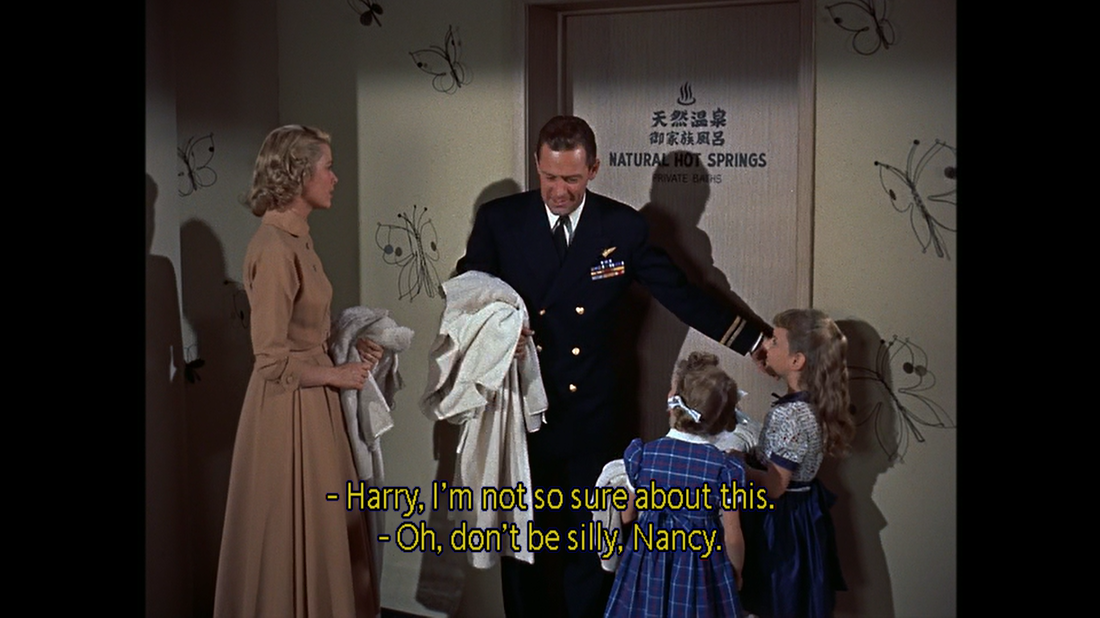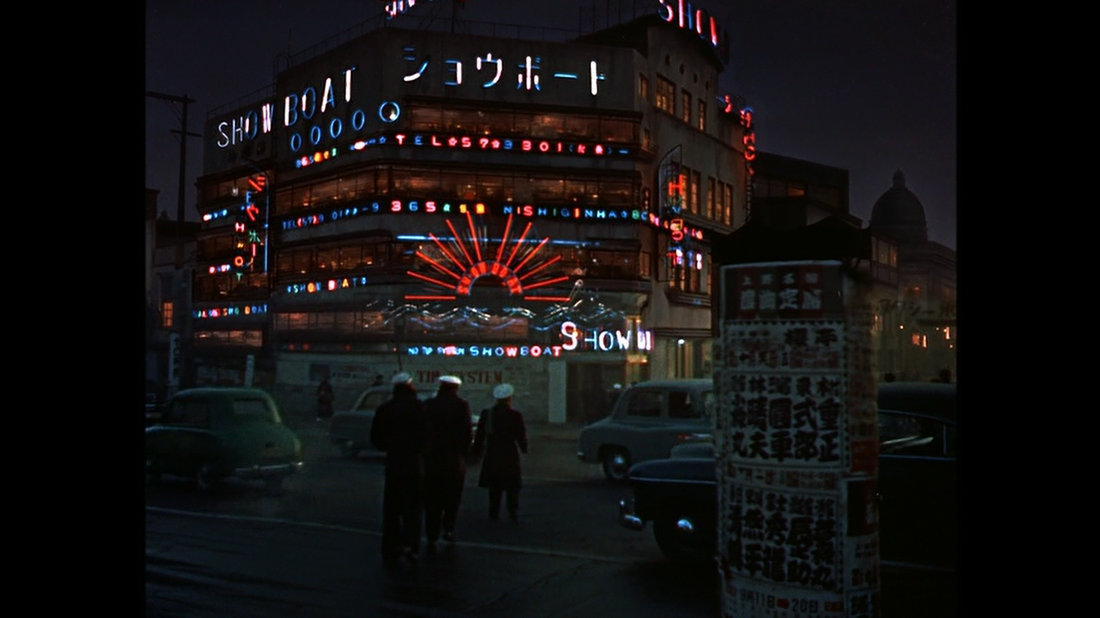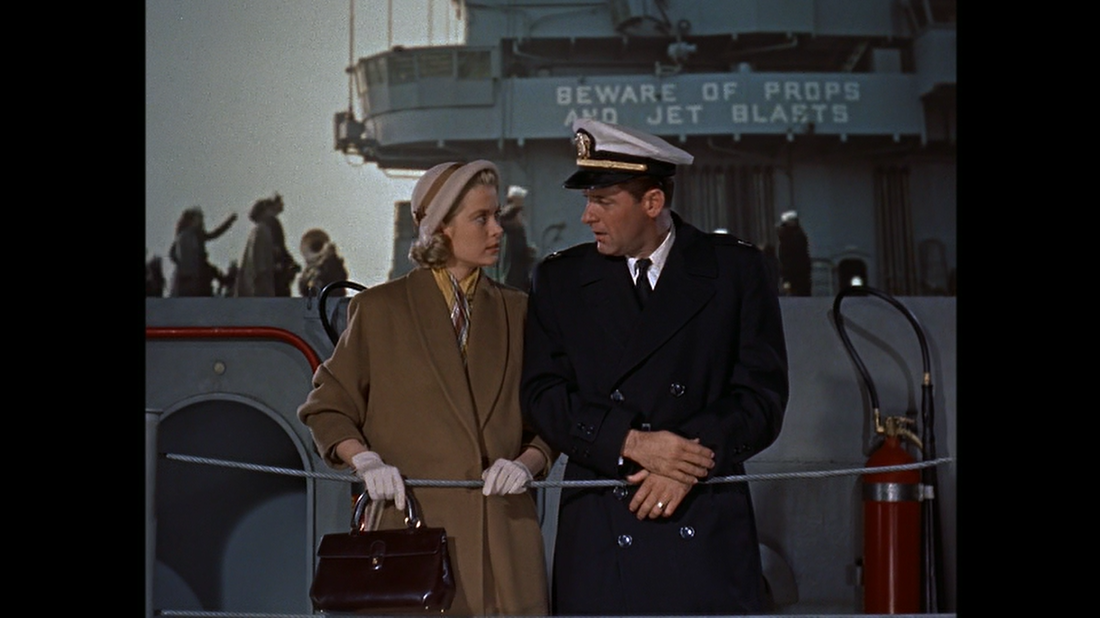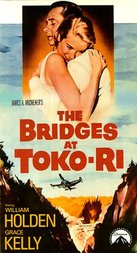
A few weeks ago, I found a DVD of “The Bridges at Toko-Ri” which is set during the Korean War. It’s a classic, though an obscure one.
The war ended in July 1953. This movie was made in 1954 and released late that year.
The movie is set during that long, cynical stage of the Korean War without a clear and decisive objective and without the intention of victory. American policy was deliberately to “not win the war” starting in spring 1951. From then on, strategic policy was to fight for a status-quo stalemate. (Parallels to Vietnam are here for the taking.)
Now, “Bridges at Toko-Ri” is not what you’d expect. In theory, it’s about the war in Korea. In fact, we see hardly any “War” and even less “Korea” (i.e., there is very little combat and very little of the movie takes place in Korea itself).
The movie interests me for a lot of reasons. One is the differences between the 1950s-USA and the 2010s-USA. There are too many to comment on.
Here is one: During a “mission briefing” scene, almost every single character is puffing away on a cigarette. If you look closely below, you can see four or maybe five of the men with lit cigarettes. The leader is puffing on a big cigar. You won’t see this so much these days. It surprised me to see smoking on a Navy vessel in the first place. Apparently it was done a lot, but is on the way out according to “
Smoking in the United States Military“wiki article.
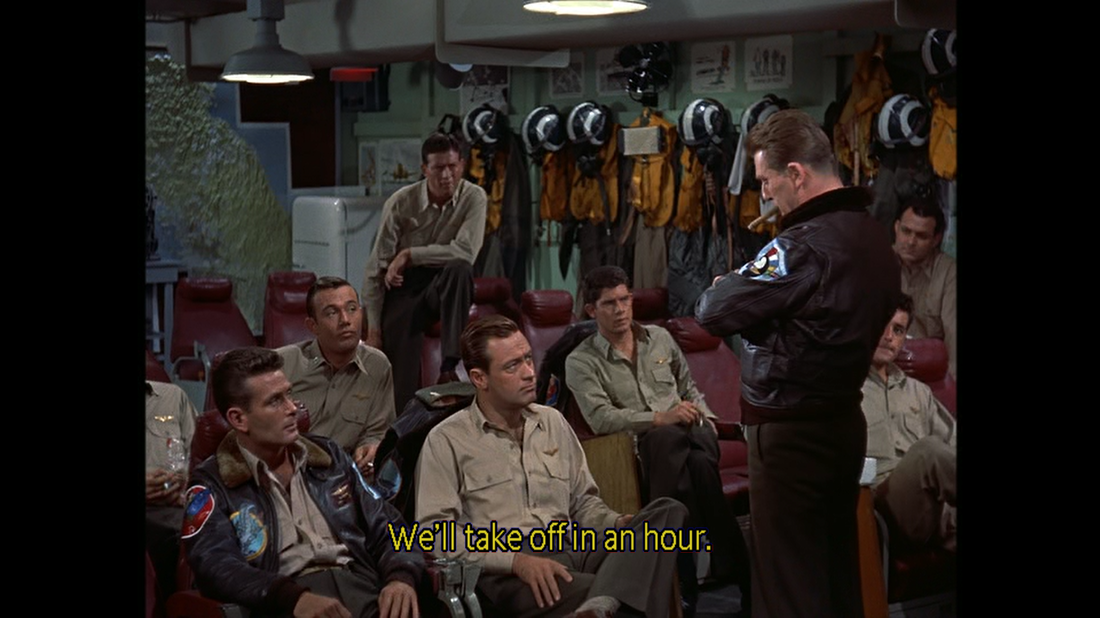
[Screenshot by me]
The hero, Brubaker, is seated in the middle (he is the John-Wayne-looking character [actor: William Holden]).
Everything about this character/man fits a certain archetype in pre-1970-or-so American cinema that we seldom see anymore, I think: The “Artistocratic-Yet-Rugged Heroic American Male”: Admirable; honorable; noble. A certain accent, a certain manner, and a certain look. Today, this William Holden would much less likely be cast as the quintessential, timeless American Hero, and much more likely as the “quintessential” Villain!
But it is still 1954. A man like Brubaker is still a heroic figure to be looked up to.
Brubaker’s wife [actress: Grace Kelly] at one point shows up for a surprise visit to the base in Japan,along with their two adoring daughters. They all go to a “natural hot springs” while Brubaker is on leave in Japan.
Do you see the symbol at the top on the door, of a circle with three wavy lines emanating from it? This is a sign I have never seen in the USA, but have seen quite often in Korea. Businesses use it to tell customers, “Come here for hot water”: So saunas, public baths, motels, yeogwan, and so on. That is South Korea, 2010s. This was Japan, sixty years earlier. Could this symbol originate in Japan, borrowed by South Korea?
Much else about the Japan of the 1950s seems “embryonically South Korean” (as I’ve known SK since 2009). Here is a shot of some of the pilots going to a bar off-base in Japan. This neon-dominated building looks South Korean, too:
That scene flashed a memory of April 2009 across my mind’s eye. It was my first night in South Korea. I remember one moment in which I sat there marveling, in stunned amazement, at an enormous neon wall before me. I wrote about this in
post-47.
(These two things are trivial, but point to the bigger message of just how much South Korea [and maybe others in Asia, too] borrowed/appropriated from Japan — including the entirety of their “chaebol” economic model .)
For something completely different: I found this interesting. “Beware of Props and Jet Blasts”. This use of “props” has a funny double meaning, being as this was a movie. It means “propellers”, it seems, in Navy jargon.
It seems that I’ve forgotten, thus far, to mention anything about the plot. Alas, I’m not a very good movie reviewer. I have a cousin who’s quite good at it. If he were doing this, he’d have cut most of the junk above and led with something more like this:
Brubaker is a successful lawyer and family man. He flew planes in WWII. Brubaker is called up to fly again in Korea but is ambivalent about the war. The movie opens with his plane shot up terribly after a mission against the Communists. He manages to make it back over the water and bails out. He is saved by a helicopter crew. The admiral takes him aside after he is saved and asks about his experience of being “fished” out of the water:
Admiral: Well, those helicopter boys are pretty good fishermen.
Brubaker: As far as I’m concerned, they deserve every medal in the book. You’re out there all by yourself. You know you can’t last very long. You’re scared and freezing. You curse and you pray. Suddenly you see that mix-master whirling at you out of nowhere. […]
Admiral: Well, I’m mighty glad they pulled you out, son. […]
Brubaker: You do a lot of thinking at a time like that. Mostly about your friends who are back home, leading perfectly normal lives.
(This reminds me of my own daily thoughts in September to October 2013, hiking (halfway) across Korea. What, you might ask, crossed my mind on those long days in which I seldom saw another human being? I would never have guessed this, but the answer is: “Every person I’ve ever known, no matter how remotely“. People floated in and out of my head all the time: Fragments of long-disused memories; long-forgotten glories and long-forgotten quarrels; speculation about how people are doing today…And some were people I haven’t seen since elementary school. People I haven’t thought about in years.)
Back to the plot: As one of the best pilots in the Navy, Brubaker is assigned to destroy the bridges at a place called Toko-Ri. They are very heavily defended, and it’s clear that the pilots on this mission have a high chance of death.
Here is the scene in which the mission is explained, with the admiral’s justification, with the politics of the war and the entire Cold War itself weaved in gracefully:
Brubaker: Well, sir, the organized reserves were drawing pay, but they weren’t called up. I was completely inactive, and yet I was. I had to give up my home, my law practice; everything. Yes, I’m still bitter. [….]
Admiral: Nobody ever knows why he gets the dirty job. And this IS a dirty job. Militarily, this war is a tragedy.
Brubaker: I think we oughta pull out.
Admiral: Now that’s rubbish, son, and you know it. If we did, they’d take Japan, Indochina, the Philippines. Where’d you have us make our stand, the Mississippi? All through history men have had to fight the “wrong war” in the “wrong place”, but that’s the one they’re stuck with! That’s why one of these days we’ll knock out those bridges at Toko-ri.
Brubaker: [Nervously] Do we have to knock out those particular bridges?
Admiral: Yes, we must. I believe without question that some morning, Communist generals and [sarcastically] “commissars” will hold a meeting to discuss the future of this war. A messenger will run in and tell them, “They’ve knocked out even the bridges at Toko-ri!” That little mission will convince them that we’ll never stop! Never weaken in our purpose. And that’s the day they’ll quit.
The admiral is giving a fair view of the pro-intervention side’s philosophy (which, according to my reading, was a minority view in the USA at the time — Most Americans opposed the Korean intervention, especially after the firing of MacArthur). The admiral’s justification of the Toko-Ri mission itself doesn’t really make much sense, though. How will destroying a few more bridges end the war?
Brubaker, suitably, is the American Mainstream: Ambivalent about the war at best, leaning against interventionism: “Why am I here? Why don’t we get out of here? What’s the use?”
Brubaker, in another scene, tries to bail his helicopter pilot friend out of military jail after a fistfight:
Brubaker [smiling, hands in pockets]: He also saved the lives of four pilots.
M.P. Jail Official: Lieutenant, I’ve got a lot of monsters back there in that “birdcage” [a U.S. military jail cell in Tokyo]. Every one of them was a hero in Korea. But here in Tokyo, they’re all monsters.
Ouch. That seems to be a way of saying “Nobody cares what you did in Korea”. A pointless war.
Near the end of the movie, after a series of unfortunate events for the Americans, a fatalistic Brubaker addresses this issue again.
Brubaker: [Muttering] The wrong war in the wrong place. That’s the one you’re stuck with.
Helicopter Pilot: What’d you say, lieutenant?
Brubaker: Did you ever hear Admiral Tarrant go on about this war? About the chosen few who have to lay it on the line? I can see now he was right. You fight simply because you’re here….
[Spoiler Below]
Brubaker is hit by the Communists during the Toko-ri raid, and loses too much fuel to make it back to the aircraft carrier. He bails out near the coast, but still on land. The same helicopter crew that saved him in the opening scene shows up again. The helicopter is shot down by more Communists. They bail out and join Brubaker for a last stand. The helicopter crew members are killed one by one. In the final scene, Brubaker himself is killed shortly after making the speech above.
